In the landscape of literary genres, science fiction stands tall, a bastion of innovation and imagination. But where did it begin? The year was 1818, when a young Mary Shelley, just 18 years of age, introduced the world to her creation: Frankenstein. This novel is not just a story; it is the cornerstone of what would become a vast universe of science fiction. So, gather around lovers of trivia and fun facts for a dive into the trivia tidbits of Frankenstein.
Let’s set the scene in the picturesque setting of Lake Geneva, where a group of friends, including the literary greats Lord Byron and Percy Bysshe Shelley, decided to engage in a friendly competition of who could pen the best horror story. Among them was Percy’s 18-year-old wife, Mary, whose vivid imagination gave birth to a tale that seamlessly blended the gothic horrors of its time with the then-emerging fabric of scientific discovery.
Frankenstein is often recognized as the first work of science fiction for its innovative incorporation of the scientific method and modern technology to animate the dead. This was a period when electricity sparked curiosity across Europe, where experiments like those of Luigi Galvani, with his galvanism, influenced the public’s understanding of life and death. Inspired by such scientific endeavors, Shelley’s story did more than just send shivers down the spine—it asked profound questions about creation, responsibility, and the limits of scientific exploration.
The novel’s protagonist, Victor Frankenstein, embodied the quintessential mad scientist long before the trope became a staple in pop culture. His creation, often erroneously referred to as Frankenstein (when, in fact, it remains nameless throughout the novel), represents humanity’s complex relationship with progress and knowledge. Interestingly, Shelley’s masterpiece predated the term “science fiction” itself, which wouldn’t be coined until the 1920s by Hugo Gernsback. It’s amusing to think how Shelley, scribbling away by candlelight, was pioneering a genre without even knowing it.
While many believe Frankenstein to be a standalone marvel, Shelley’s trailblazing didn’t stop at its pages. Her lesser-known work, The Last Man (1826), dabbled in post-apocalyptic fiction, setting the stage for a new realm of storytelling. It speaks to the dynamism of her creativity, her ability to weave tales stretching beyond her time, stories that invited readers to ponder what lay on the horizon.
In the spirit of fun trivia, did you know that Frankenstein was initially published anonymously? It made many readers presume that Percy Bysshe Shelley, Mary’s husband, was the author. It wasn’t until the second edition in 1823 that Mary Shelley was credited, and her name was etched alongside her monumental work.
Delving into Frankenstein’s pages, we discover an abundance of themes transcending the horror and science fiction genres. Shelley’s work is as much a mirror to the soul as it is a lens to the future.
Moreover, consider the monster itself—a patchwork of different pieces brought to life by a spark. Isn’t that reflective of creativity itself? Shelley teaches us that stories are often an assemblage of various ideas and experiences, reanimated with the electricity of the writer’s voice.
As a fun bit of trivia, Frankenstein’s subtitle, “The Modern Prometheus,” draws a parallel with the Greek myth of Prometheus, who defied the gods by giving fire to humanity. Shelley’s novel is imbued with this Promethean spirit, challenging the celestial order of her day, questioning the fire of the Enlightenment, and ultimately birthing a genre that would forever change how we look at the stars and ourselves.
Frankenstein by Mary Shelley isn’t just a novel; it’s a historical beacon that illuminates the curiosities of its time and the endless possibilities of the mind. It’s a fun trivia note that echoes through the annals of literary history, reminding us that sometimes, it’s the youngest voices, like that of an 18-year-old girl on a stormy Swiss night, who tell the tales that endure the test of time.
We Don’t Want to Write the Laws; We Want to Publish the Books
We Believe in the Power of Authors Short Video: https://bit.ly/45z6mvf
Writers Reshape the World Short Video: https://bit.ly/47glKOg
Bringing Your Book to Market Booklet: https://bit.ly/2ymDVXx
Bringing Your Book to Market Short Video: https://bit.ly/3Q3g2JD




 This is Publication Consultants’ motivation for constantly striving to assist authors sell and market their books. Author Campaign Method (ACM) of sales and marketing is Publication Consultants’ plan to accomplish this so that our authors’ books have a reasonable opportunity for success. We know the difference between motion and direction. ACM is direction! ACM is the process for authorpreneurs who are serious about bringing their books to market. ACM is a boon for them.
This is Publication Consultants’ motivation for constantly striving to assist authors sell and market their books. Author Campaign Method (ACM) of sales and marketing is Publication Consultants’ plan to accomplish this so that our authors’ books have a reasonable opportunity for success. We know the difference between motion and direction. ACM is direction! ACM is the process for authorpreneurs who are serious about bringing their books to market. ACM is a boon for them. Release Party
Release Party Web Presence
Web Presence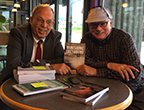 Book Signings
Book Signings Facebook Profile and Facebook Page
Facebook Profile and Facebook Page Active Social Media Participation
Active Social Media Participation Ebook Cards
Ebook Cards The Great Alaska Book Fair: October 8, 2016
The Great Alaska Book Fair: October 8, 2016
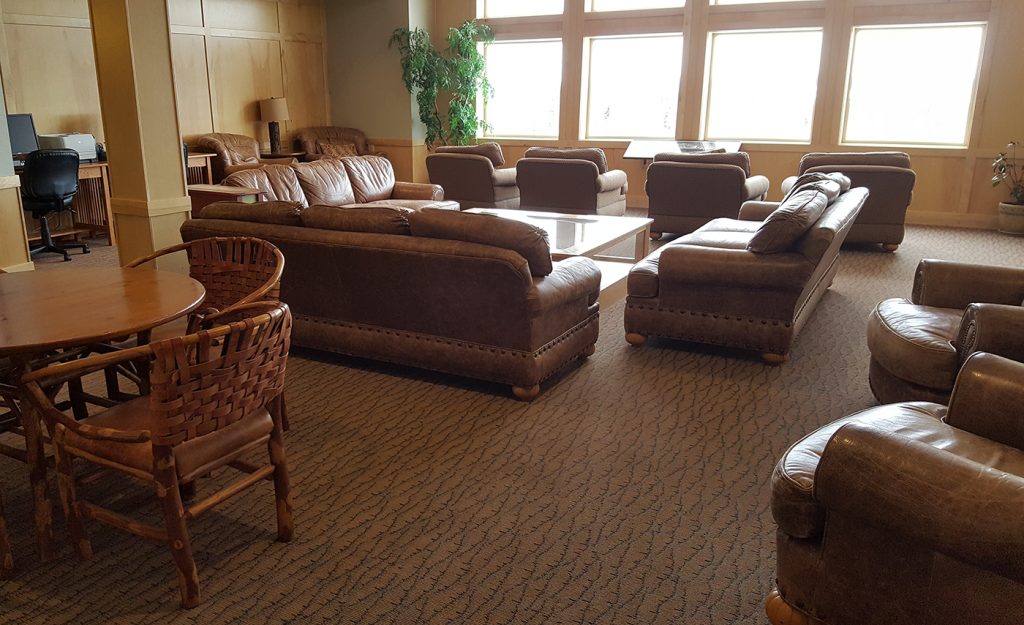

 Costco Book Signings
Costco Book Signings eBook Cards
eBook Cards

 Benjamin Franklin Award
Benjamin Franklin Award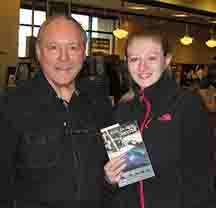 Jim Misko Book Signing at Barnes and Noble
Jim Misko Book Signing at Barnes and Noble
 Cortex is for serious authors and will probably not be of interest to hobbyists. We recorded our Cortex training and information meeting. If you’re a serious author, and did not attend the meeting, and would like to review the training information, kindly let us know. Authors are required to have a Facebook author page to use Cortex.
Cortex is for serious authors and will probably not be of interest to hobbyists. We recorded our Cortex training and information meeting. If you’re a serious author, and did not attend the meeting, and would like to review the training information, kindly let us know. Authors are required to have a Facebook author page to use Cortex. Correction:
Correction: This is Publication Consultants’ motivation for constantly striving to assist authors sell and market their books. ACM is Publication Consultants’ plan to accomplish this so that our authors’ books have a reasonable opportunity for success. We know the difference between motion and direction. ACM is direction! ACM is the process for authors who are serious about bringing their books to market. ACM is a boon for serious authors, but a burden for hobbyist. We don’t recommend ACM for hobbyists.
This is Publication Consultants’ motivation for constantly striving to assist authors sell and market their books. ACM is Publication Consultants’ plan to accomplish this so that our authors’ books have a reasonable opportunity for success. We know the difference between motion and direction. ACM is direction! ACM is the process for authors who are serious about bringing their books to market. ACM is a boon for serious authors, but a burden for hobbyist. We don’t recommend ACM for hobbyists.

 We’re the only publisher we know of that provides authors with book signing opportunities. Book signing are appropriate for hobbyist and essential for serious authors. To schedule a book signing kindly go to our website, <
We’re the only publisher we know of that provides authors with book signing opportunities. Book signing are appropriate for hobbyist and essential for serious authors. To schedule a book signing kindly go to our website, < We hear authors complain about all the personal stuff on Facebook. Most of these complaints are because the author doesn’t understand the difference difference between a Facebook profile and a Facebook page. Simply put, a profile is for personal things for friends and family; a page is for business. If your book is just a hobby, then it’s fine to have only a Facebook profile and make your posts for friends and family; however, if you’re serious about your writing, and it’s a business with you, or you want it to be business, then you need a Facebook page as an author. It’s simple to tell if it’s a page or a profile. A profile shows how many friends and a page shows how many likes. Here’s a link <> to a straight forward description on how to set up your author Facebook page.
We hear authors complain about all the personal stuff on Facebook. Most of these complaints are because the author doesn’t understand the difference difference between a Facebook profile and a Facebook page. Simply put, a profile is for personal things for friends and family; a page is for business. If your book is just a hobby, then it’s fine to have only a Facebook profile and make your posts for friends and family; however, if you’re serious about your writing, and it’s a business with you, or you want it to be business, then you need a Facebook page as an author. It’s simple to tell if it’s a page or a profile. A profile shows how many friends and a page shows how many likes. Here’s a link <> to a straight forward description on how to set up your author Facebook page.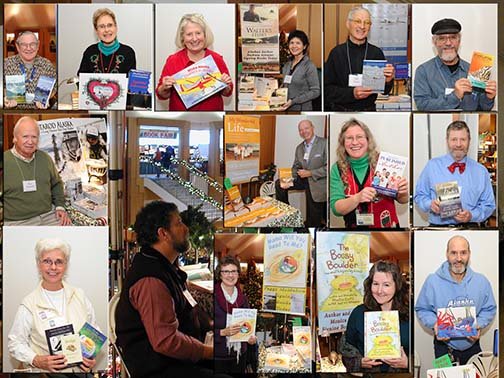



 Mosquito Books has a new location in the Anchorage international airport and is available for signings with 21 days notice. Jim Misko had a signing there yesterday. His signing report included these words, “Had the best day ever at the airport . . ..”
Mosquito Books has a new location in the Anchorage international airport and is available for signings with 21 days notice. Jim Misko had a signing there yesterday. His signing report included these words, “Had the best day ever at the airport . . ..”


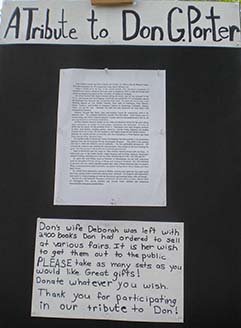
 The Lyin Kings: The Wannabe World Leaders
The Lyin Kings: The Wannabe World Leaders
 Time and Tide
Time and Tide


 ReadAlaska 2014
ReadAlaska 2014 Readerlink and Book Signings
Readerlink and Book Signings
 2014 Independent Publisher Book Awards Results
2014 Independent Publisher Book Awards Results

 Bonnye Matthews Radio Interview
Bonnye Matthews Radio Interview
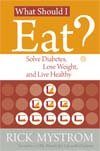 Rick Mystrom Radio Interview
Rick Mystrom Radio Interview When he published those overseas blogs as the book The Innocents Abroad, it would become a hit. But you couldn’t find it in bookstores.
When he published those overseas blogs as the book The Innocents Abroad, it would become a hit. But you couldn’t find it in bookstores. More NetGalley
More NetGalley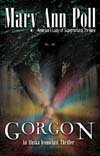 Mary Ann Poll
Mary Ann Poll
 Bumppo
Bumppo
 Computer Spell Checkers
Computer Spell Checkers Seven Things I Learned From a Foreign Email
Seven Things I Learned From a Foreign Email 2014 Spirit of Youth Awards
2014 Spirit of Youth Awards Book Signings
Book Signings
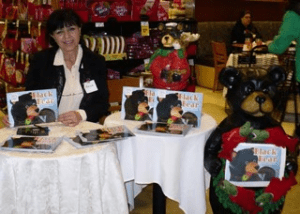
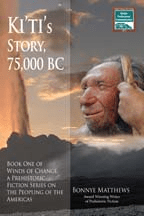
 Blog Talk Radio
Blog Talk Radio Publication Consultants Blog
Publication Consultants Blog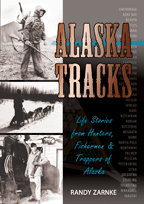 Book Signings
Book Signings



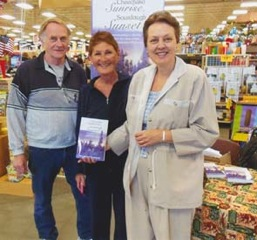 Don and Lanna Langdok
Don and Lanna Langdok Ron Walden
Ron Walden Book Signings Are Fun
Book Signings Are Fun Release Party Video
Release Party Video
 Erin’s book,
Erin’s book,  Heather’s book,
Heather’s book,  New Books
New Books